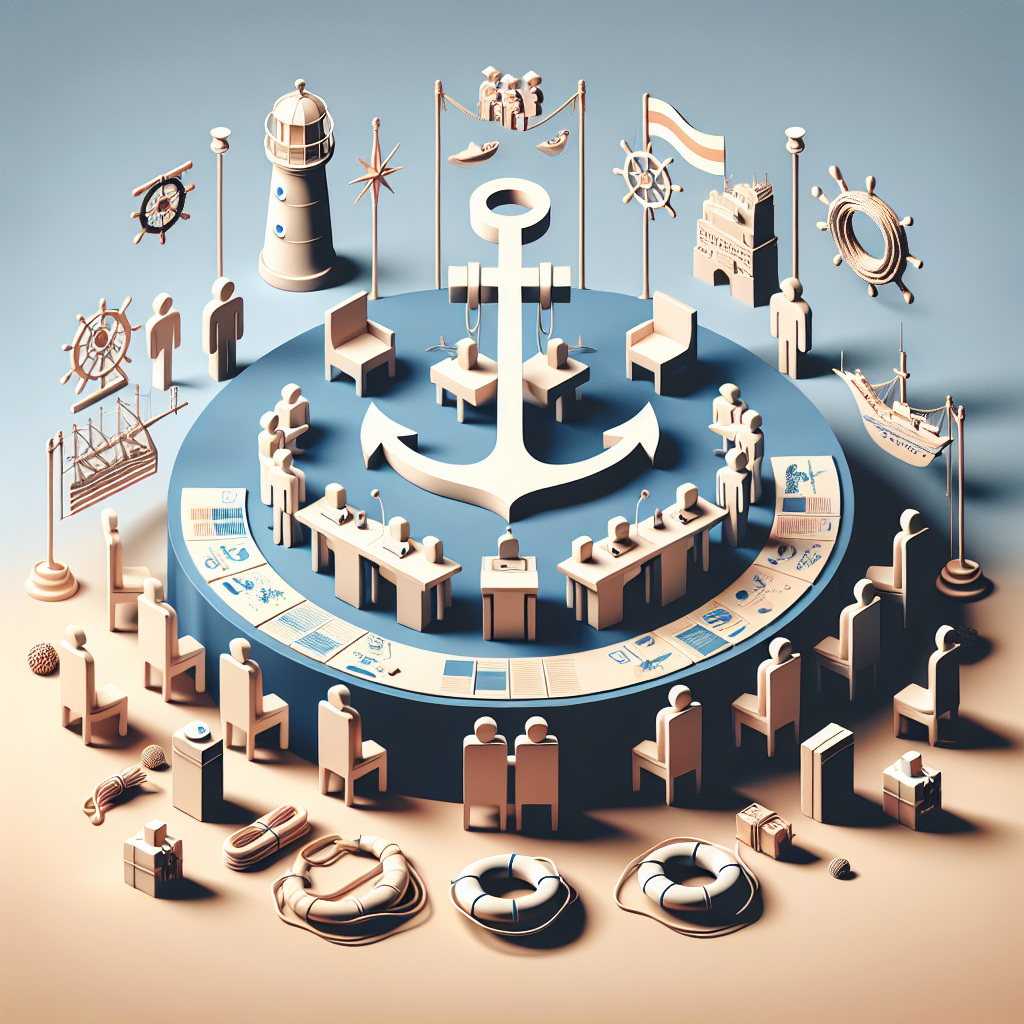Union Cabinet Approves Development of National Maritime Heritage Complex at Lothal, Gujarat
The development of the NMHC is expected to be a major economic driver, generating 22,000 jobs, with 15,000 direct employment opportunities and 7,000 indirect jobs.

- Country:
- India
The Union Cabinet, led by Prime Minister Shri Narendra Modi, has greenlit the development of a National Maritime Heritage Complex (NMHC) at Lothal, Gujarat, a site renowned for its maritime history dating back 4,500 years. The ambitious project is set to be completed in two phases, with significant progress already underway.
Project Phases and Details
The project will be executed in two major phases:
Phase 1A is currently under implementation, with more than 60% of the work already completed. This phase, which will be developed in EPC (Engineering, Procurement, and Construction) mode, is set to be finished by 2025. It includes the construction of the primary NMHC museum, featuring six galleries. Notably, one of these galleries will display external naval artifacts like the INS Nishank, a Sea Harrier war aircraft, and a UH-3 helicopter. There will also be a replica model of the ancient Lothal township, surrounded by an aquatic gallery and a jetty walkway.
Phase 1B will involve the construction of eight additional galleries, a Lighthouse Museum (planned to be the world’s tallest), and a Bagicha complex, featuring a large car park with space for over 1,500 vehicles, a food hall, and a medical center. This phase will also be funded by the Directorate General of Lighthouses and Lightships (DGLL).
Phase 2 will see the development of Coastal State Pavilions by individual states and union territories, as well as a hospitality zone with a maritime-themed eco-resort, museum hotels (museotels), and a real-time recreation of the ancient Lothal city. This phase also promises four theme-based parks, including a Maritime & Naval Theme Park, a Climate Change Park, a Monuments Park, and an Adventure & Amusement Park. This phase will be developed through land subleasing or a PPP (Public-Private Partnership) model.
Financial and Administrative Structure
The Cabinet has also granted in-principle approval for the initiation of Phases 1B and 2, subject to the raising of funds through voluntary contributions and other resources. A separate society will be established under the Societies Registration Act of 1860, overseen by a Governing Council chaired by the Minister of Ports, Shipping, and Waterways. This society will manage the future phases of the NMHC, ensuring the project’s execution, development, and smooth operation.
Economic and Social Impact
The development of the NMHC is expected to be a major economic driver, generating 22,000 jobs, with 15,000 direct employment opportunities and 7,000 indirect jobs. The NMHC aims to benefit a wide range of stakeholders, including local communities, tourists, scholars, researchers, educational institutions, cultural organizations, and businesses.
Significance and Vision
The NMHC is a part of Prime Minister Narendra Modi's vision to showcase India's rich maritime heritage, dating back to the Indus Valley Civilization. Lothal, once a thriving port city, is a key historical site that reflects India’s ancient naval prowess and global trade links.
The master plan for the NMHC was prepared by the renowned architectural firm M/s Architect Hafeez Contractor, and Tata Projects Ltd has been entrusted with the construction of Phase 1A. The complex, once completed, aims to be a world-class heritage site, attracting tourists and researchers from across the globe, while also serving as an educational and cultural hub.
With its planned completion by 2025, the NMHC promises to be a significant addition to India's cultural infrastructure, contributing to tourism growth, education, and the preservation of maritime history.
- READ MORE ON:
- National Maritime Heritage Complex
- Cabinet










